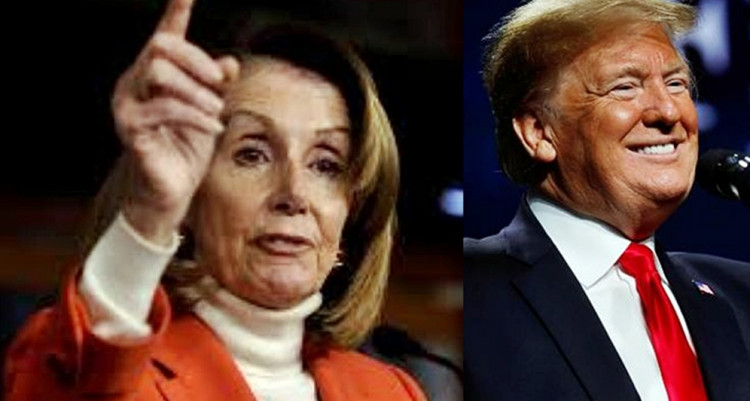Now that Trump's border wall shutdown, the longest in U.S. history at 35 days, is finally over with his caving-in to all the demands made by Democrats, the question now is whether the federal government and the business community can get back to the business of growing the battered U.S. economy.
The knee-jerk reply is "Yes," given that Wall Street apparently reacted to the news of the shutdown's demise by closing higher on Jan. 25 (Friday). But the reality is Wall Street remained buoyant for the fifth week in a row because of the positive picture painted by a strong earnings season - and not because of the shutdown coming to an end.
Analysts said the deal between Trump and congressional Democrats to temporarily reopen the government had little impact on stocks. What really scares Wall Street is the effect a second shutdown will have should Trump and the Democrats fail to reach a final deal before Feb. 15.
A repeat is in the cards since Trump has threatened "Shutdown 2.0" if Democrats don't fund his border wall.
After proclaiming for seven weeks he wouldn't re-open the government without Democrats passing legislation to fund a $5.7 billion downpayment on his border wall with Mexico, Trump on Jan. 25 temporarily re-opened the government without getting a penny for his border wall from the Democrats.
Democrats, of course, were pleased with their great victory over Trump, who promised time and again he wouldn't cave to the Democrats. But opinion poll after opinion poll affirming that American voters blame Trump for the shutdown directly endangered his chances of running for re-election in 2020.
And it's not a well-known fact Trump filed his certificate of candidacy for president in the 2020 polls on Jan. 18, 2017, the day after he was sworn in as U.S. president. This was the first time in U.S. history this blatant display of political hubris has ever taken place.
On Friday, Trump announced he's "reached a deal to end the shutdown and re-open the federal government."
The shutdown, however, will only last 21 days, or until Feb. 15. Over this time span, negotiations via bipartisan conference committee can begin about how much money should be allocated for border security, and for Trump's border wall. The deal to re-open the government did not include any increase in the $1.3 billion already set aside for fencing and wall repair.
Apart from the wall endangering his chances for re-election, Trump has to contend with mounting pressure from Senate Republicans and the increasing impact of the shutdown on the basic functions of the federal government, such as ensuring homeland security.
The latest national polls confirm that the shutdown is a political loser for Republicans. It confirms a majority of Americans blame Trump and Republicans for the government shutdown.
They also affirm a majority of Americans don't believe the wall is a realistic solution to the country's immigration problems. And, for Trump personally, his approval ratings were nearing their all-time lows. A Washington Post-ABC News poll released Jan. 25 show that only 37% approved of the job Trump is doing while 58% disapproved.
In a sop to his political base, Trump sought to paint this defeat as a victory.






